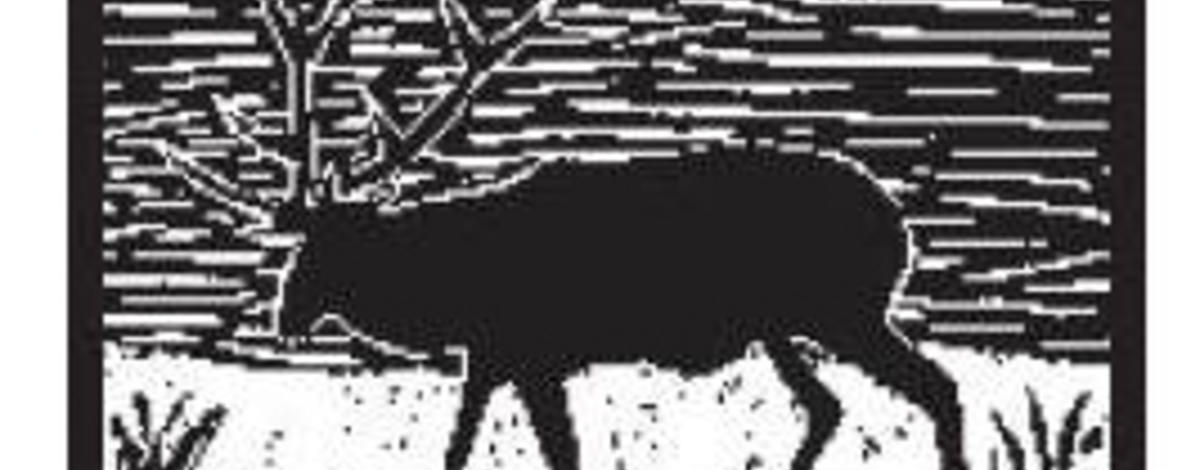Upper Snake Region Winter Wildlife Conditions Report For February 10, 2017
In order to help keep the citizens of Idaho informed regarding the physical condition of their wildlife, the Upper Snake Regional Office will be issuing reports throughout the winter. Reports reflect information gathered from IDFG field staff and contacts in local communities. Reports will be issued as conditions change, especially if a major winter weather situation develops.
Duston Cureton is the Landowner Sportsman Coordinator for the Upper Snake Region and the person responsible for compilation of the following information.
BIG GAME WINTERING CONDITIONS:
Animals were in good to excellent condition entering winter. The last two weeks saw above normal temperatures with most areas receiving rain. Some areas of the region saw some significant snow amounts. Elk, deer, and antelope have been observed in large groups but recent reductions in snowpack due to warmer temperatures has caused some larger groups to break into smaller groups.
Sand Creek, Hamer
Snow depth is 10-14 inches with moderate crusting. Animals are moving freely on winter ranges.
Swan Valley
Snow depth is 0-8 inches on the valley floor with moderate crusting. South facing slopes are at 6-10 inches.
Rain and warmer temps have significantly melted snow in the lower wintering areas. Animals are moving
freely on winter ranges.
Teton Basin
Valley floor has 26-36 inches of snow with moderate crusting. South facing slopes are at 26-30 inches. Animals are moving freely on winter ranges.
Big Desert, INL
Snow depth is 10-12 inches on valley floor with moderate crusting observed. Animals are moving freely on winter ranges.
Birch Creek
Snow depth is 9-11 inches on the valley floor. South facing slopes are at 6-8 inches with moderate crusting. Some slopes are free of snow. Animals are moving freely on winter ranges.
Big Lost River
Snow depth is 14-18 inches on the valley floor with moderate crusting. South facing slopes are at 4-6 inches with some slopes free of snow. Animals are moving freely on winter ranges.
Little Lost River
Snow depth is 6-8 inches on the valley floor with moderate crusting. South facing slopes are at 3-4 inches with some slopes free of snow. Animals are moving freely on winter ranges.
Tex Creek
Snow depth is 18-20 inches with 3-4 inches on the south facing slopes with most of those slopes free of snow. Moderate crusting observed. Animals are moving freely on winter ranges.
Big game depredations and winter feeding update
Depredations remain heavy throughout the region. Landowners are encouraged to move haystacks out of high depredation areas if possible. Currently department personnel are feeding approximately 3500-4000 big game animals on the Tex Creek WMA due to lack of suitable forage lost in the fire. All roads into the Tex Creek WMA have been closed this year due to feeding operations and the prevention of causing added stress to the animals. A deer feeding site commenced last week for about 200 deer displaced by the Tex Creek fire. This location is southeast of Idaho Falls. Also, winter feeding of 600 elk in the Big Lost Valley has commenced to help alleviate concerns with haystack losses and cattle operations in the Moore area. Monitoring of snow depth and condition of animals are being closely monitored. Regional staff is in close contact with the regional winter feeding advisory committee in the event that winter feeding is warranted in other areas of the region based on regional winter criteria.

